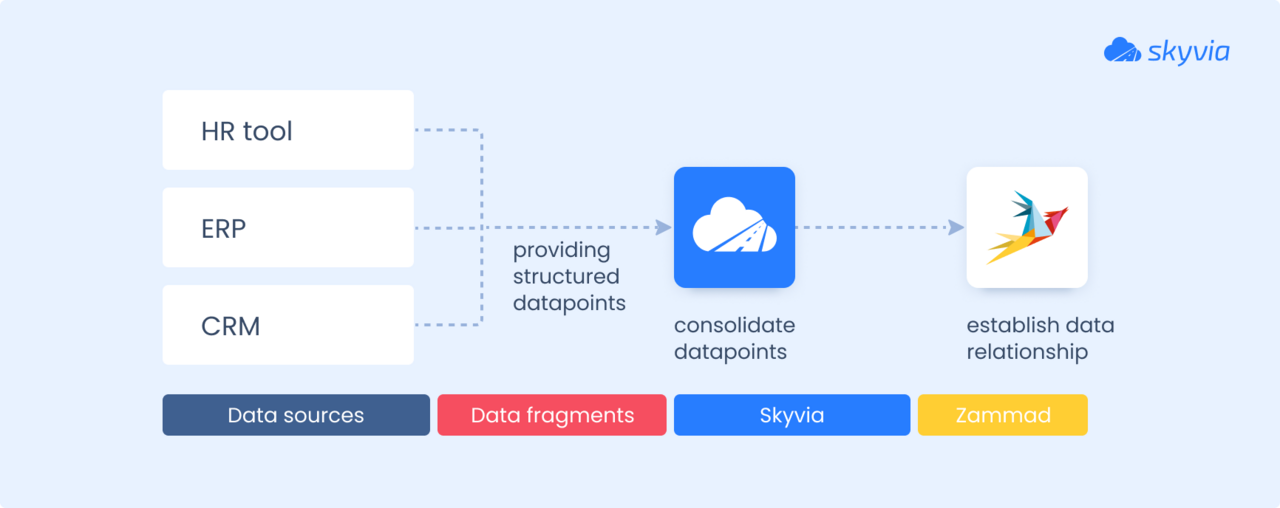The efficiency and transparency of HR processes directly influence employee satisfaction and overall company performance. Beyond handling employee inquiries, HR teams shoulder critical responsibilities: orchestrating seamless onboarding experiences, steering recruitment efforts, and safeguarding compliance with company policies. Without a robust, centralized system, these vital functions can devolve into a chaotic jumble of scattered communications and documentation, inevitably leading to overwhelmed teams and compromised productivity.
What exactly is a help desk and why has it become an indispensable tool for modern HR departments?
A help desk serves as a centralized hub for managing inquiries, issues, and requests. While traditionally rooted in IT support, this versatile tool has evolved to meet the complex demands of various business functions, including human resources. At its core, a help desk utilizes an "issue tracking system" to efficiently log, monitor, and resolve inquiries, transforming chaotic processes into structured, manageable workflows. By adopting a help desk ticketing system, HR teams can shift from being reactive problem-solvers to proactive strategic partners, yielding company-wide benefits:
Increasing Productivity: Automated workflows significantly reduce manual effort, freeing up valuable time for HR professionals. By leveraging self-service through knowledge bases, employees gain the power to find answers independently, further alleviating the burden on HR teams. This shift allows HR professionals to redirect their focus from routine queries to strategic initiatives that drive organizational growth and development.
Fortifying Data Privacy: Helpdesk systems provide robust security features to protect sensitive information. Customizable access rights ensure that only authorized personnel can view confidential data. Advanced encryption technologies, such as two-factor authentication and S/MIME, add layers of security to safeguard employee information. Moreover, these systems make compliance with data protection regulations, such as GDPR, more manageable and streamlined.
Scaling with Efficiency: As companies grow, help desk systems offer standardized processes that adapt seamlessly to increasing workloads. These flexible systems evolve in tandem with your company's needs, ensuring that HR operations remain efficient regardless of scale. Over time, this adaptability translates into significant cost reductions through optimized operations and improved resource allocation.
Elevating Employee Satisfaction: Helpdesk systems ensure reliable processing and transparent communication, fostering a sense of trust within the organization. Employees can access real-time updates on the status of their inquiries, enhancing their overall experience and interaction with HR. The consistent and timely responses facilitated by help desk systems contribute to a positive work environment, where employees feel heard and supported.
Leveraging help desk software across HR functions
Companies can utilize help desks in various capacities to enhance HR operations. Below are several examples of how organizations streamline HR workflows and improve the employee experience through effective help desk solutions.
Recruitment Process
In today's competitive talent market, a fast and transparent recruitment process is paramount. Helpdesk systems transform recruitment by offering customized web forms for applicant submissions. Applications are then automatically converted into tickets, ensuring structured management and efficient processing. Smart automation routes these tickets to the appropriate HR personnel, facilitating seamless candidate communication, from interview scheduling to feedback provision. This streamlined approach not only accelerates the recruitment cycle but also significantly enhances the candidate experience, giving your company a competitive edge in attracting top talent.
Onboarding and Offboarding
The foundation for long-term employee satisfaction often lies in a smooth onboarding experience. Helpdesk systems are great for coordinating the myriad tasks associated with onboarding new team members. From setting up IT access to organizing work equipment, every step is precisely tracked and managed. Similarly, during offboarding, the system ensures a comprehensive approach. It centrally manages and monitors all exit procedures, such as the return of company property and the revocation of access rights, preventing oversights that could pose security risks or create inefficiencies.
Self-Service and Knowledge Management
Employee empowerment is a key driver of satisfaction and efficiency. A self-service feature in a help desk allows staff to independently resolve common queries and manage routine requests. By providing a centralized knowledge base, employees gain instant access to vital information on company policies and internal processes. This self-service approach not only boosts employee autonomy but also significantly reduces the volume of repetitive inquiries directed to the HR team, allowing them to focus on more strategic tasks.
Cross-Departmental Collaboration
In an interconnected business environment, seamless collaboration between departments is crucial for organizational success. A help desk system serves as a central platform, fostering coordination among HR, IT, Legal, and other departments. Whether it's orchestrating the setup of new workstations or managing complex access rights, the system ensures well-aligned communication. This enhanced collaboration leads to smoother workflows, increased efficiency, and a more cohesive organizational structure.
Beyond HR Software: Why a help desk system is the perfect partner
While many organizations have already implemented specialized HR software for applicant tracking and employee management, these systems often fall short when it comes to handling cross-departmental inquiries, collaboration, or meeting complex technical requirements. This is where integrating an IT help desk software can provide a transformative advantage, complementing existing HR tools to create a more robust and efficient operational ecosystem.
By integrating with existing HR software, information can be exchanged seamlessly between systems. For instance, when a new employee is added to the HR database, this information can automatically trigger the creation of a corresponding profile in the IT help desk tool. This integration ensures that the IT department is instantly notified of new access requests or hardware requirements, streamlining the onboarding process and reducing potential delays.
Another key benefit is the automation of routine tasks. While HR software primarily manages administrative functions such as maintaining employee records and generating contracts, the IT help desk ensures that all related inquiries are addressed quickly and efficiently. This enhances communication between HR, IT, and other departments, and reduces manual workload, leading to improved operational efficiency.
In essence, while HR software forms the backbone of employee data management, an IT help desk software serves as the dynamic, interactive layer that brings these processes to life.
Integration via Skyvia: How to connect your HR software with an IT help desk system
Connecting HR software with IT help desk systems poses technical challenges, especially when dealing with different data formats. Nowadays, there are user-friendly solutions available that require little technical expertise. One such integration platform is Skyvia, which enables seamless integration between HR platforms like Greenhouse and help desk systems such as Zammad—without the need for complex programming.
With bidirectional synchronization capability of Skyvia, data is exchanged between the systems in real time. For example, when a new employee is added in the HR software, tickets are automatically created in the IT help desk to inform the IT department about required access and hardware needs. Conversely, changes made in the help desk, such as revoking access, are immediately updated in the HR software.
Skyvia's precise data mapping functionality allows for granular control over information flow. Organizations can specify exactly which fields should be synchronized between systems. Fields such as “Employee ID,” “Department,” or “Location” in the HR software can be linked to corresponding fields in the help desk system. This level of customization enables a tailored integration that aligns perfectly with your company's unique processes and requirements.

For a deeper dive into the practical applications and benefits of this integration, explore the here: Skyvia & Zammad
Summary
A robust help desk system is not only essential for seamless IT support but also offers significant potential in the HR domain. It enhances internal processes, relieves HR professionals from administrative tasks and creates space for strategic initiatives. As a catalyst for organizational transformation, it paves the way for increased productivity, improved employee satisfaction, and ultimately, a more resilient and competitive business.

